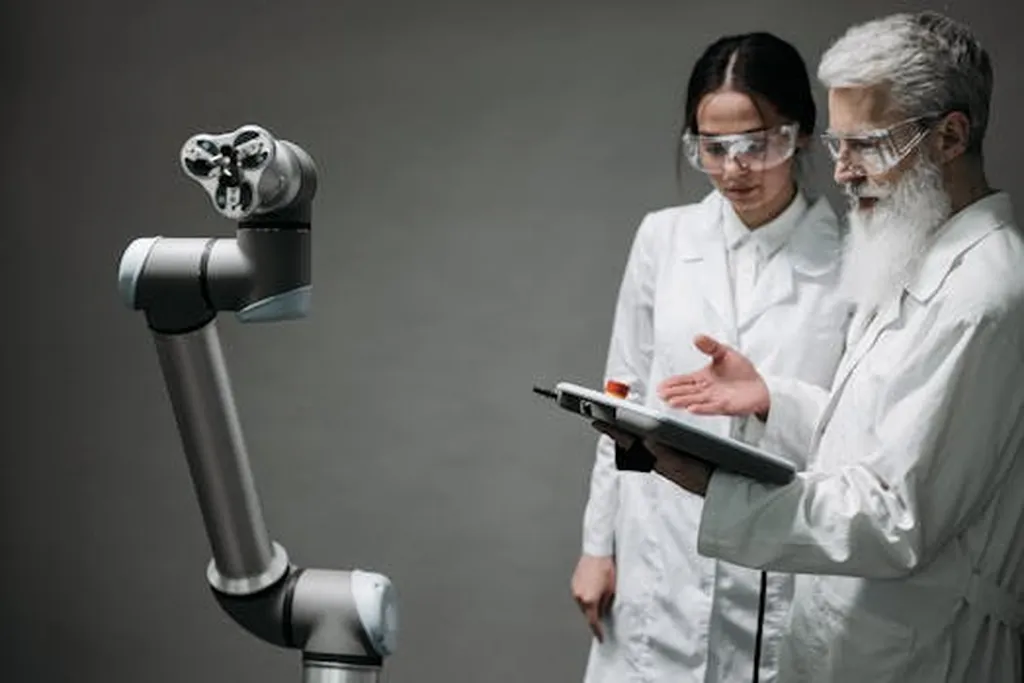In the heart of Italy, a groundbreaking development is taking root, promising to revolutionize the way farmers manage their orchards. Researchers at the Institute of Intelligent Industrial Technologies and Systems for Advanced Manufacturing (STIIMA), part of the National Research Council of Italy (CNR), have introduced a novel framework for automated on-tree detection and sizing of pomegranate fruits. This innovation, published in the journal ‘Robotics’ and led by Rosa Pia Devanna, could significantly impact the agricultural sector, particularly in areas where labor-intensive tasks are prevalent.
The current method of fruit sizing for pomegranates involves manual measurements using calipers, a process that is not only labor-intensive but also prone to human error. The new system, however, employs a farmer robot equipped with a consumer-grade RGB-D sensing device. This device captures both color and depth information, allowing for a more accurate and efficient assessment of fruit size.
The proposed system features a multi-stage transfer learning approach to segment fruits in RGB images. “This approach leverages pre-trained neural networks to improve the accuracy of fruit detection and segmentation,” explains Devanna. The segmentation results from each image are then projected onto the co-located depth image. A fruit clustering and modeling algorithm using visual and depth information is implemented for fruit size estimation.
Field tests carried out in a commercial orchard demonstrated the system’s effectiveness. The proposed approach allowed for accurate fruit size estimation with an average discrepancy of about 1.0 cm on both the polar and equatorial diameter compared to traditional caliper measures. This level of accuracy is a significant improvement over manual methods, which can vary widely depending on the operator’s skill and judgment.
The implications of this research extend beyond pomegranates. The underlying technology could be adapted for use with other types of fruit, potentially transforming orchard management practices worldwide. “This system has the potential to reduce labor costs, improve yield prediction, and enhance fruit quality assessment,” says Devanna. “It’s a game-changer for the agricultural sector.”
The commercial impact of this research is substantial. By automating the fruit sizing process, farmers can reduce labor costs and improve the efficiency of their operations. Additionally, the accurate and consistent data provided by the system can help farmers make better-informed decisions about harvest timing, pricing, and marketing strategies.
The research also opens up new avenues for future developments in agricultural robotics. The use of RGB-D sensing and multi-stage transfer learning could pave the way for more advanced and versatile farming robots capable of performing a wide range of tasks. As the technology continues to evolve, we can expect to see even more innovative solutions emerging to address the challenges faced by the agricultural sector.
In conclusion, the work of Rosa Pia Devanna and her team at the Institute of Intelligent Industrial Technologies and Systems for Advanced Manufacturing represents a significant step forward in the field of agricultural robotics. Their research not only addresses a critical need in the pomegranate industry but also sets the stage for future advancements in farming technology. As we look to the future, the potential of this technology to transform the agricultural sector is truly exciting.

